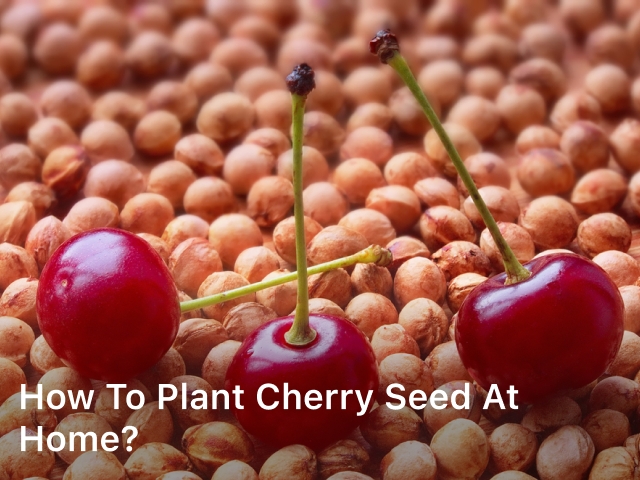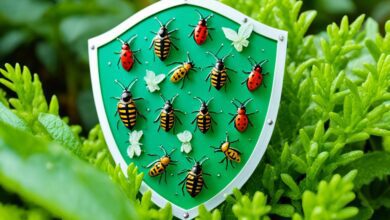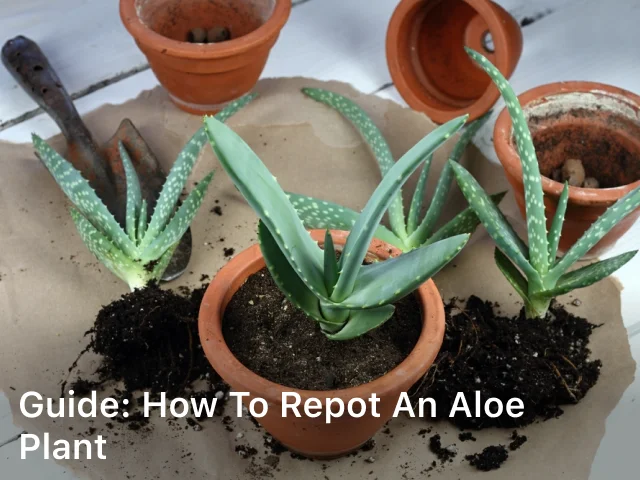How to Plant Cherry Seed at Home?

envirocarecentral.com. How to Plant Cherry Seed at Home? – Learn how to plant cherry seeds with our comprehensive guide. Discover step-by-step instructions, helpful tips, and expert insights to successfully grow cherry trees from seeds.
Planting cherry seeds is a rewarding and enjoyable process that allows you to nurture and grow your own cherry trees. While it requires patience and careful attention, the end result is the opportunity to enjoy the delicious fruit straight from your backyard.
In this guide, we will walk you through each step of the process, from preparing the seeds to nurturing the young saplings. Let’s dive into the exciting world of planting cherry seeds!
How to Plant Cherry Seed
Planting cherry seeds involves several steps to ensure successful germination and growth. Follow these steps to get started on your cherry tree growing journey:
Step 1: Gather Materials
To begin, gather the necessary materials:
- Fresh cherry seeds
- Potting soil
- Planting pots or trays
- Watering can or spray bottle
- Clear plastic wrap
Step 2: Prepare the Seeds
- Remove the cherry pits from ripe cherries.
- Wash the pits thoroughly to remove any remaining fruit flesh.
- Place the clean pits in a bowl of water and discard any that float (these are likely not viable).
Step 3: Cold Stratification
Cherry seeds require a period of cold stratification to break their dormancy and encourage germination.
- Moisten a paper towel and wring out any excess water.
- Spread the seeds on one half of the paper towel.
- Fold the other half over the seeds and place the towel inside a resealable plastic bag.
- Seal the bag and refrigerate for about 8-10 weeks.
Step 4: Planting
- Fill planting pots or trays with potting soil.
- Plant the cold-stratified seeds about 1 inch deep in the soil.
- Water the soil gently, ensuring it’s moist but not waterlogged.
- Cover the pots or trays with clear plastic wrap to create a greenhouse effect.
Step 5: Germination
- Place the pots or trays in a warm and bright location, but avoid direct sunlight.
- Keep the soil consistently moist and maintain the greenhouse environment.
- Germination should occur within a few weeks.
Step 6: Transplanting
- Once the seedlings have a couple of sets of leaves, they are ready to be transplanted into larger pots.
- Use well-draining soil and ensure the pots have drainage holes.
- Place the seedlings in a sunny spot and water regularly.
Step 7: Outdoor Planting
- Choose a sunny location in your garden for planting.
- Prepare the soil by loosening it and adding compost.
- Transplant the seedlings into the prepared soil, ensuring they are at the same depth as before.
- Water thoroughly after planting.
Step 8: Care and Maintenance
- Water the young trees regularly, especially during dry spells.
- Mulch around the base of the tree to retain moisture and suppress weeds.
- Prune the tree as needed to encourage healthy growth.

Types of Cherry Trees
There are several types of cherry trees, each with its own unique characteristics and qualities. Some popular types of cherry trees include:
Sweet Cherry Trees (Prunus avium)
- Bing Cherry: Known for its deep red, almost black fruit, with a rich, sweet flavor.
- Rainier Cherry: Recognized by its golden-yellow skin with a red blush and sweet, delicate taste.
- Lambert Cherry: Medium-sized, dark red cherries with a sweet-tart flavor.
- Sweetheart Cherry: Large, heart-shaped cherries that are dark red and have a very sweet taste.
Sour Cherry Trees (Prunus cerasus)
- Montmorency Cherry: The most popular sour cherry, known for its bright red fruit and tart flavor. Often used for pies and preserves.
- Morello Cherry: Dark red to almost black cherries with a rich, tangy taste. Commonly used for cooking and making cherry products.
Japanese Cherry Trees (Prunus serrulata)
- Somei Yoshino Cherry: A widely recognized variety with pale pink to white blossoms, often associated with the cherry blossom festivals in Japan.
- Kwanzan Cherry: Known for its double-pink blossoms and attractive, layered petals.
- Yoshino Cherry: Similar to Somei Yoshino, this variety features pale pink to white flowers and is a popular ornamental tree.
Weeping Cherry Trees (Various species)
- Higan Cherry (Prunus subhirtella): A weeping variety that produces pink or white blossoms, creating a cascading effect.
- Snow Fountains Cherry (Prunus ‘Snofozam’): A weeping cherry with abundant white blooms and a graceful, cascading habit.
Dwarf Cherry Trees
- Compact Stella Cherry: A small, self-pollinating tree that produces sweet cherries on a smaller scale.
- Lapins Cherry: A dwarf sweet cherry tree that produces firm, dark red fruit with a rich flavor.
Hybrid Cherry Trees
- Juliet Cherry (Prunus ‘WE-IP2’): A hybrid cherry that combines sweet and sour traits, offering a unique flavor profile.
- Romance Series Cherries: A collection of hybrid cherries with various characteristics, such as self-fertility and disease resistance.
These are just a few examples of the diverse cherry tree varieties available. Each type has its own beauty and potential uses, whether for enjoying fresh fruit, ornamental purposes, or culinary creations. Keep in mind that the suitability of a specific cherry tree type depends on factors such as climate, location, and intended purpose.
FAQs about Planting Cherry Seeds
Can I plant cherry seeds from store-bought cherries?
Yes, you can plant cherry seeds from store-bought cherries. However, keep in mind that some varieties are better suited for growing in certain climates.
When is the best time to plant cherry seeds?
The best time to plant cherry seeds is in the fall or early winter, as they require a period of cold stratification before germinating.
How long does it take for cherry seeds to germinate?
Cherry seeds typically take about 2 to 8 weeks to germinate, depending on the variety and environmental conditions.
Do cherry trees grown from seed produce the same type of cherries as the parent tree?
Cherry trees grown from seed may not produce identical fruit to the parent tree. They can exhibit variations in flavor, size, and even color.
Can I plant cherry seeds directly in the ground?
While it’s possible to plant cherry seeds directly in the ground, it’s recommended to start them indoors first to provide optimal conditions for germination.
How long does it take for cherry seedlings to be ready for outdoor planting?
Cherry seedlings are usually ready for outdoor planting when they have developed a sturdy stem and a few sets of leaves, typically within the first year.
Conclusion
Growing cherry trees from seeds can be a fulfilling and enjoyable experience. By following the steps outlined in this guide, you can successfully plant and nurture cherry seeds into healthy trees that bear delicious fruit.
Remember, patience is key, and with proper care and attention, you’ll be rewarded with beautiful cherry trees that enhance your outdoor space and provide you with tasty cherries for years to come.





